When the cable is running normally, there will be current flowing through it, and it will generate a certain amount of heat, which is a normal phenomenon. However, due to some other special reasons, such as cable overheating caused by substandard cable quality, improper cable selection, and non-standard installation and laying, there are great potential safety hazards. Below, Monitor Cable Manufacturers introduce the causes of wire and cable overheating:
1. Improper selection of cables will cause the conductor cross-section of the cables used to be too small, resulting in overload during operation. After long-term use, the heating and heat dissipation of the cables are unbalanced, resulting in heating.
2. The conductor resistance of the cable does not meet the standard requirements, causing the cable to generate heat during operation.
3. The cables are arranged too densely during installation, the ventilation and heat dissipation effect is not good, or the cables are too close to other heat sources, which will affect the normal heat dissipation of the cables and cause the cables to generate heat during operation.
4. The joint manufacturing technology is not good, and the crimping is not tight, resulting in excessive contact resistance at the joint, which will also cause the cable to generate heat.
5. The insulation performance of the cable between phases is not good, resulting in low insulation resistance and heating during operation.
6. If the insulation performance of the wires between phases is not good, the insulation resistance is small, and the phenomenon of heat generation will also occur. The partial sheath of the armored cable is damaged, which will slowly destroy the insulation performance after entering the water, causing the insulation resistance to gradually decrease, and will also cause heat generation during operation. After the cable is overheated, if the cause is not found and the fault is eliminated in time, the insulation thermal aging phenomenon will occur after the cable is continuously energized and operated, resulting in the phenomenon of phase-to-phase short-circuit tripping of the cable, which may cause a fire in serious cases.
7. In order to avoid the overheating of wires and cables, the first is to design the electrical circuit reasonably, and select the cable reasonably according to the size of all loads. Choose good wires and cables, and use products from high-quality cable manufacturers to reduce the existence of potential safety hazards. When installing and laying cables, experienced masters should install and lay them reasonably to ensure good ventilation and heat dissipation of the cables. If there is a cable joint, it must be compacted tightly to reduce the contact resistance at the joint and reduce heat generation.
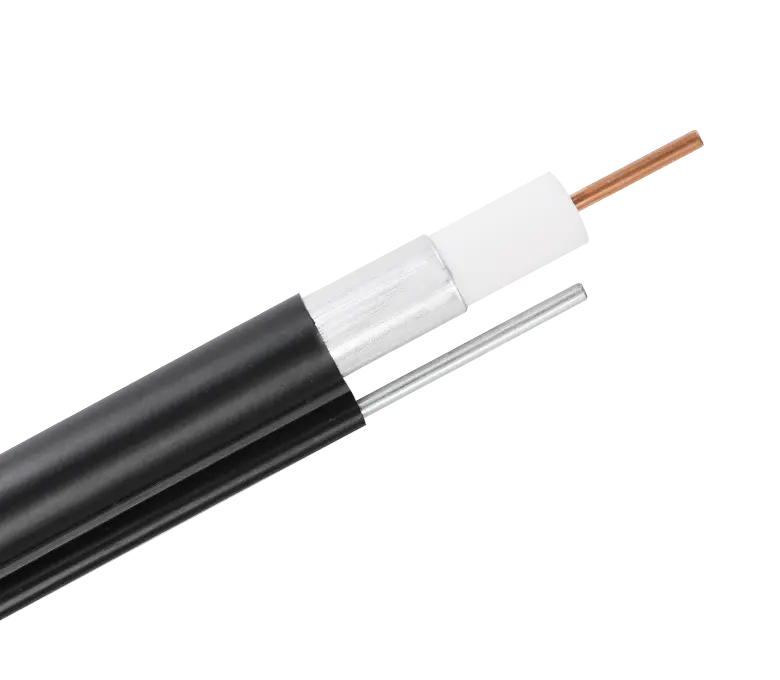
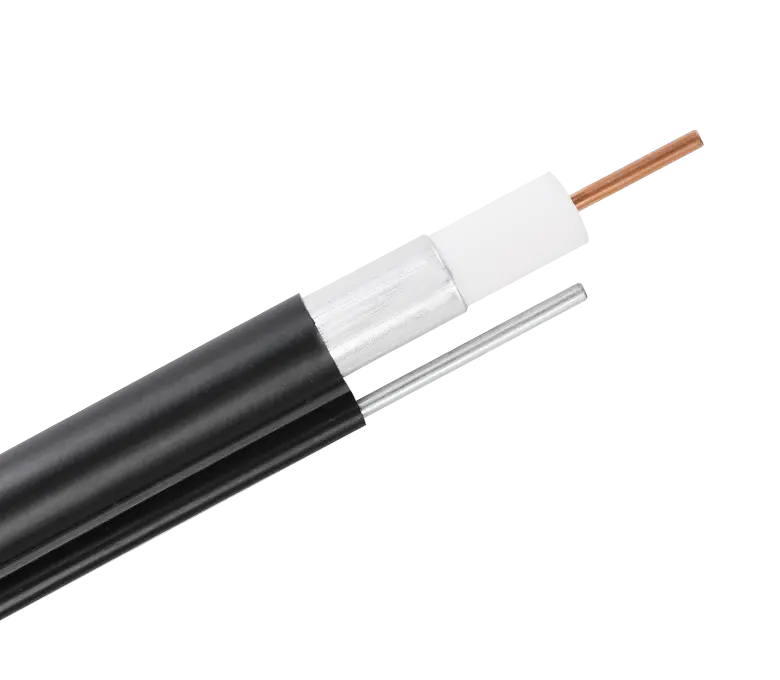
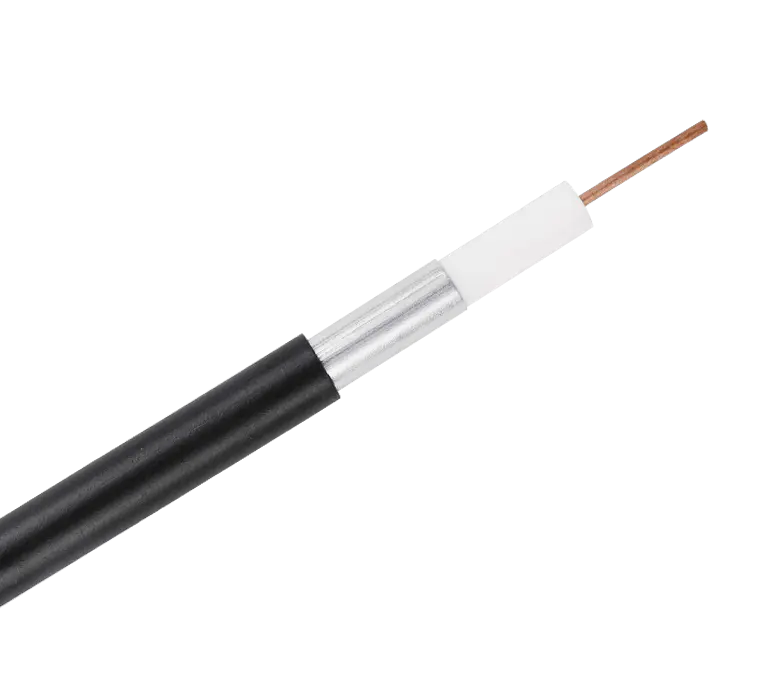
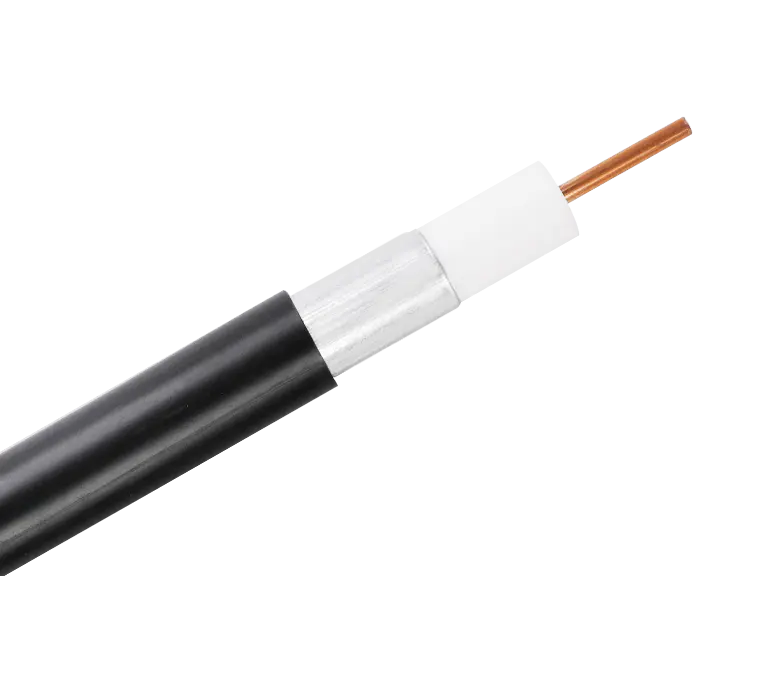
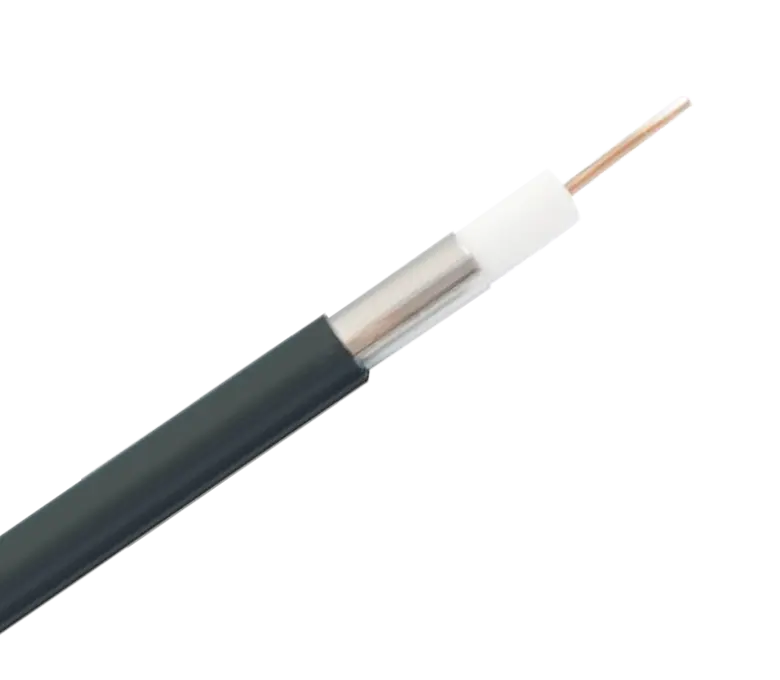
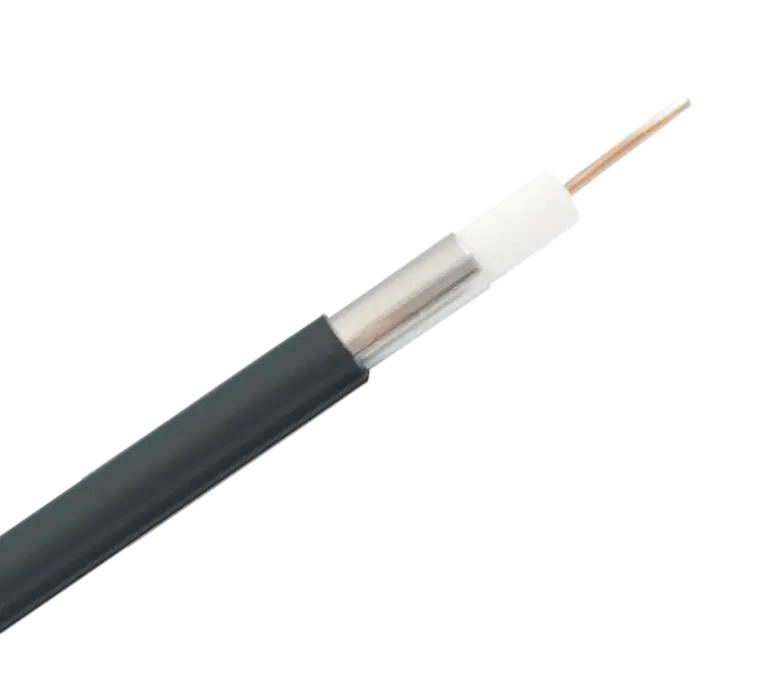
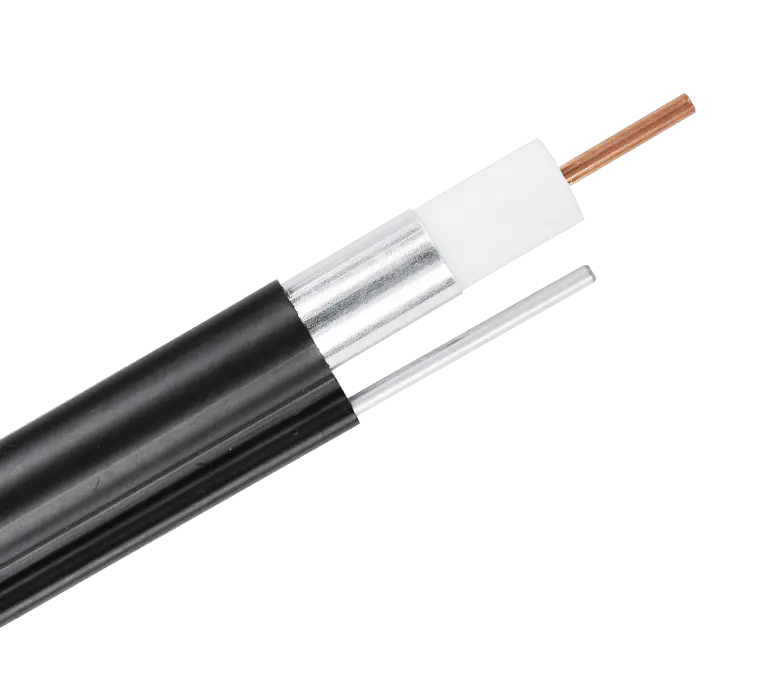
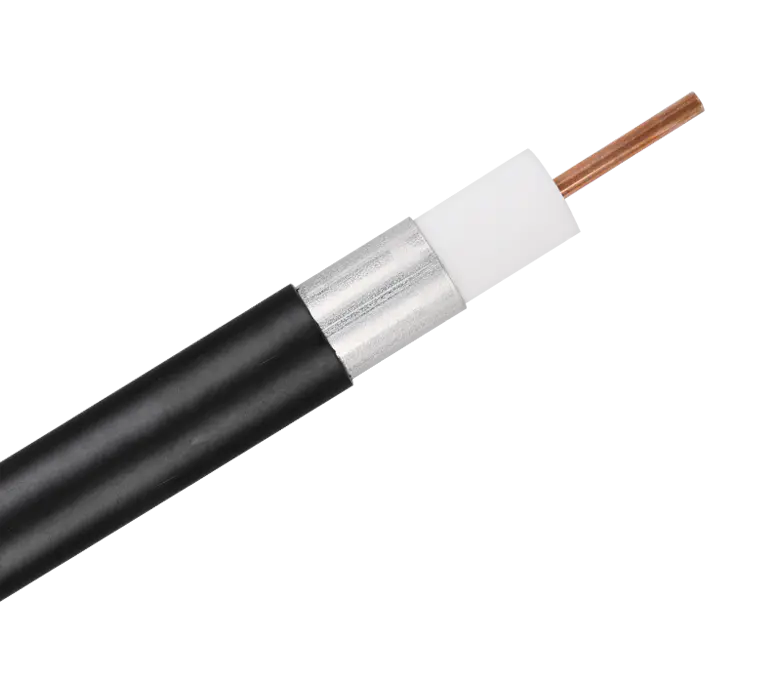
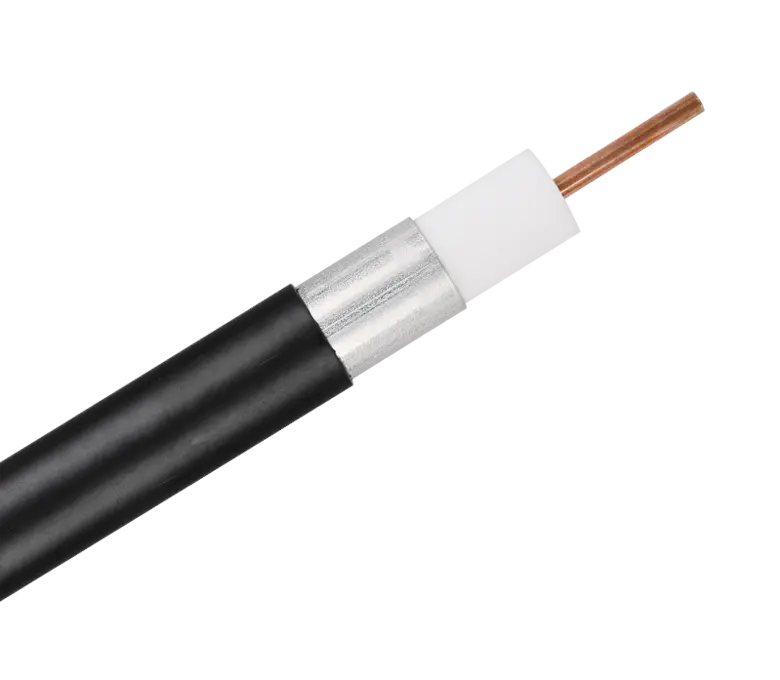
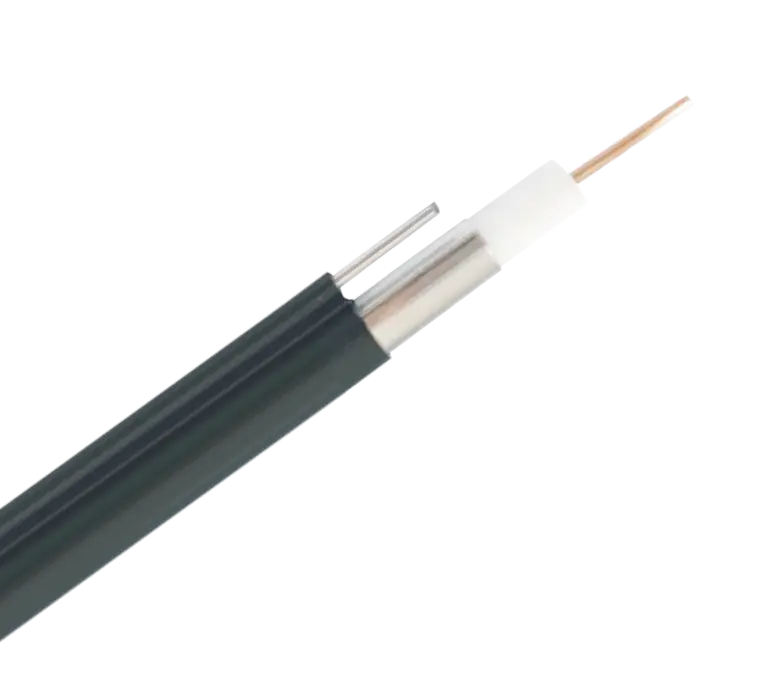
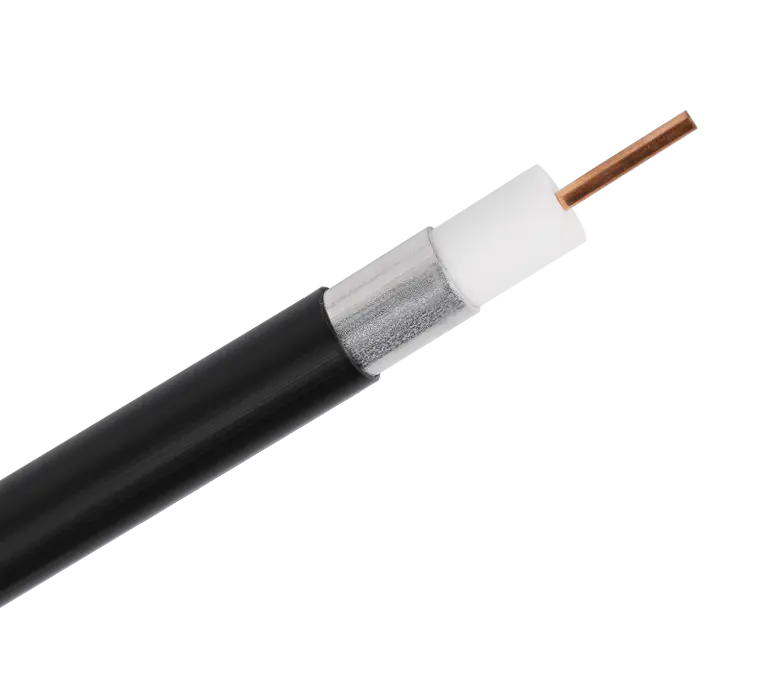
 浙公网安备33018502001191号
浙公网安备33018502001191号